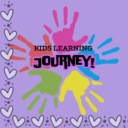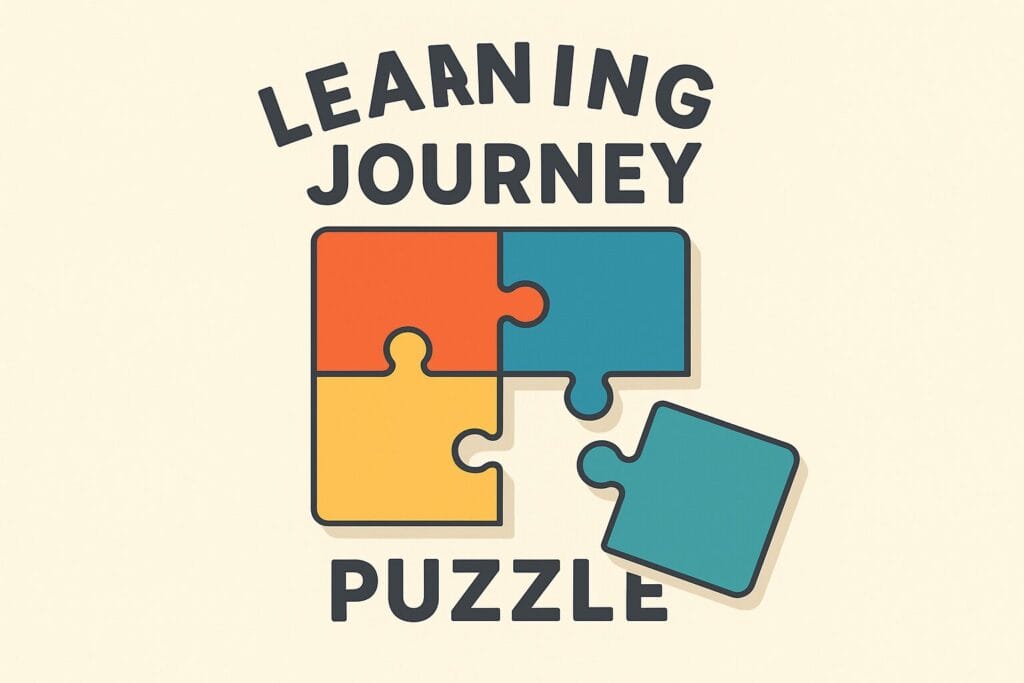Introduction
Learners rarely advance in a straight line. Instead, their progress resembles a puzzle — multiple pieces must fit together to form a complete picture of knowledge, skill, and confidence. The term learning journey puzzle captures this complexity. To design effective learning programs, educators, instructional designers, and trainers must ensure that every element — from goals to practice to reinforcement — is aligned.
In this article, we’ll explore why the learning journey is like a puzzle, what pieces are included, how they fit together, and how to assemble the pieces so learners experience meaningful growth. Along the way, we’ll offer practical steps, avoid common pitfalls, and help you deliver an integrated experience that turns fragmented training into a powerful, persistent journey.
The Puzzle Metaphor: Why It Matters
Viewing learning as a puzzle is more than a metaphor — it provides design discipline. In a puzzle:
- Each piece must connect properly; if one is missing, the picture is incomplete.
- Pieces have shapes and relationships; they cannot be forced.
- You often solve it by iterating, trying, adjusting pieces until they fit.
Similarly, in a learning journey, you must ensure that the learning objectives, content, practice, feedback, environment, and measurement interlock. A course is not just about delivering content — it’s about fitting that content into a fuller architecture so learners don’t get stuck between stages
Key Pieces of the Learning Journey Puzzle
To assemble the complete journey, here are the critical components:
1. Clear Learning Objectives
You must begin by defining what success looks like — what the learner should be able to do, in measurable terms. This objective acts as the anchor for all other pieces.
2. Modular and Sequenced Content
Break down topics into bite-sized modules. Sequence them so each builds on prior knowledge and gradually increases complexity. This modular structure allows flexibility and adaptability.
3. Practice & Application
Learning isn’t solidified in lectures — it grows through doing. Use simulations, case-based exercises, real-world tasks, or scaffolded assignments for learners to apply what they’ve learned.
4. Frequent Feedback & Assessment
Provide timely feedback on practice tasks. Use low-stakes quizzes, peer reviews, or automated checks. Assessment gives learners insight into what’s correct and what needs improvement.
5. Reinforcement & Support
Learning must be reinforced post-instruction. Use spaced review, job aids, coaching, discussion forums, or communities of practice to support retention and transfer.
6. Analytics, Measurement & Iteration
Track metrics — completion rates, quiz scores, drop-off points. Use this data to continuously refine your journey. If learners get stuck at a step, revisit that component.
Stages of a Learning Journey
Here’s how a learner typically moves through the journey — with corresponding puzzle pieces:
- Awareness / Discovery: Learners recognize a need or opportunity for learning. Messaging, onboarding, or assessments can serve this stage.
- Acquisition / Learning: Core delivery of content through micro-modules, videos, interactive readings.
- Application / Practice: Guided exercises, role-playing, projects for applying new skills.
- Embedding / Reinforcement: Spaced practice, on-the-job tasks, coaching, follow-up assignments.
- Evaluation / Mastery: Final assessments or reflection to confirm mastery and close the journey loop.
Because learning is often iterative, learners might loop back (from evaluation to more practice) before full mastery is achieved.
What Does WRD Mean in Text – Complete Guide to Meaning
Why the Puzzle Sometimes Fails
Even well-intentioned learning journeys falter when one or more pieces are weak or misaligned. Some common failure points:
- Vague objectives — Without clarity, content becomes unfocused and learners drift.
- Overly long modules — Dense and long content causes fatigue and low retention.
- Insufficient practice — Too much theory, not enough doing, leads to shallow learning.
- Delayed or generic feedback — Learners may repeat mistakes or never know their gaps.
- Poor reinforcement — After training, knowledge fades if not reinforced.
- Lack of iteration — Without measurement and adjustments, journeys stagnate over time.
To avoid failure, inspect each piece for fit, alignment, and quality — just as you would in a physical puzzle.

A 5-Step Process to Assemble the Puzzle
Here is a practical roadmap to build or fix your learning journey:
- Define a precise outcome
Write one sentence describing what a successful learner will do. Keep it measurable and specific. - Map the learner path
Sketch stages — from discovery to mastery. Identify learning tasks, assessments, and supports at each stage. - Design micro-modules
Build short, coherent content units (5–10 minutes) that follow a logical progression. - Embed practice and feedback loops
Pair each content module with related exercises and built-in feedback (automated or human). - Monitor and refine
Use analytics (completion, quiz results, drop-off rates) to identify weak modules or gaps. Adjust and retest continuously.
Examples & Use Cases
- Employee Onboarding: New hires go through a 90-day journey: orientation, role-specific training, hands-on tasks, coaching, and a capstone assignment.
- Certification Programs: Candidates complete modules, take quizzes, practice under simulations, and eventually sit for an exam or assessment.
- Customer Training: Users get introductory tours, interactive modules, sandbox environments to practice, and community Q&A to reinforce learning.
In each case, the puzzle pieces must align — the objective must drive module design, practice must match content, and feedback plus measurement must detect weak links.
Challenges & Best Practices
- Balancing depth and brevity: Use microlearning, but ensure each micro-unit is meaningful and not superficial.
- Scaffolding support correctly: Early learners need more guidance; advanced learners may prefer optional reinforcement.
- Personalization vs standardization: When possible, branch learners into custom paths based on progress or prior knowledge.
- Ensuring feedback quality: Automated feedback is fast, but human coaching is essential for complex skills.
- Data-driven iteration: Set up dashboards early so you can spot bottlenecks as your audience grows.
Conclusion
Designing a strong learning journey is like solving a sophisticated puzzle: it requires every piece to fit — objectives, modular content, practice, feedback, reinforcement, and measurement. When designed thoughtfully and iterated with real data, your journey becomes more than training — it becomes a strategic pathway to growth. Fixing or enhancing your learning journey means inspecting each piece, testing how they connect, and refining over time. With discipline and learner focus, the once daunting “learning journey puzzle” becomes your roadmap to real impact.


